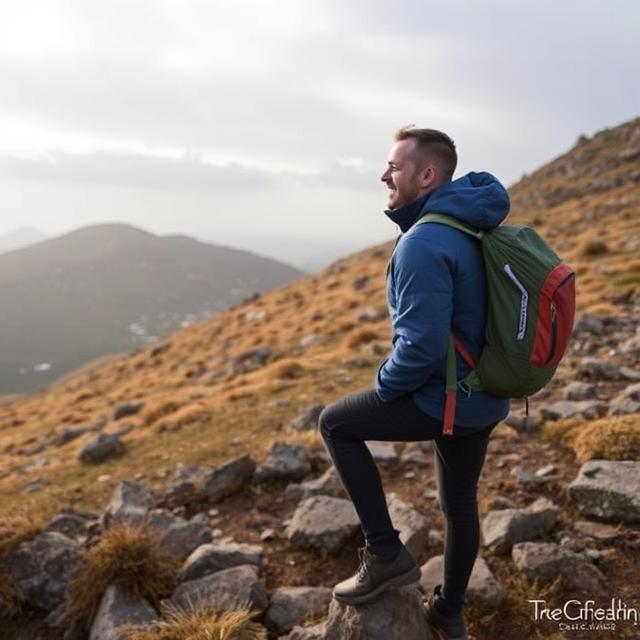Your basket is currently empty!

Layering isn’t just a fashion choice — it’s a survival tactic. In cold weather, having the right system can keep you warm, dry, and comfortable even when conditions turn rough.
Here’s how to master the classic three-layer system:
1. Base Layer (Moisture Management)
This is worn next to your skin and should wick away sweat.
- Material: Merino wool or synthetic fabrics (avoid cotton).
- Purpose: Keeps you dry, preventing that cold, clammy feeling.
- Examples: Icebreaker 200, Patagonia Capilene Midweight.
2. Mid Layer (Insulation)
This is your main warmth layer.
- Options: Fleece, down jackets, or synthetic insulation.
- Down vs. Synthetic: Down is warmer and lighter, but loses loft when wet. Synthetic performs better in damp conditions.
- Examples: Arc’teryx Atom LT, Patagonia R1.
3. Outer Layer (Weather Protection)
This protects you from wind, rain, and snow.
- Material: Waterproof breathable shells (e.g., Gore-Tex, Pertex).
- Features: Look for pit zips, helmet-compatible hoods, and good coverage.
- Examples: Outdoor Research Helium, Rab Kinetic.
Bonus Tips
- Add a neck gaiter or balaclava in extreme cold.
- Use mittens over gloves for better warmth.
- Don’t forget a breathable hat or beanie.
Pro tip: It’s better to start cold. You’ll warm up fast while moving, and overheating means sweat — which leads to chill. Master the art of adjusting layers on the go, and you’ll hike like a pro, no matter the temperature.
Leave a Reply